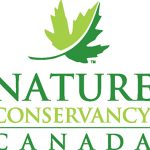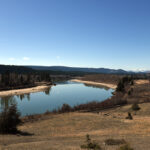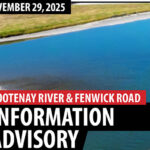Home »
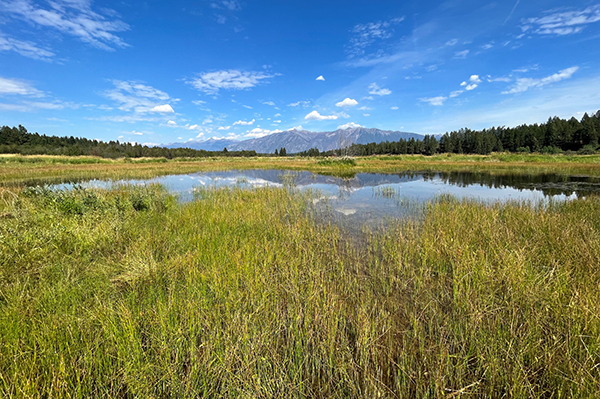
Wetlands are unsung heroes
February 2 is usually highlighted by Groundhog Day when furry rodents forecast if we will have an early spring. Since 1971, this day also serves as World Wetlands Day. Our wetlands perform many essential functions that many of us overlook.
Wetlands provide safety benefits with an efficiency and resiliency often greater than many human-made infrastructure, including protecting our homes, businesses and roads from heavy rains and flooding. They also help regulate water runoff throughout the year, storing water during high precipitation periods and slowly releasing it during drought and dry periods.
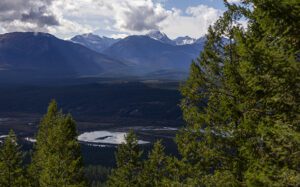
Wetlands clean water by filtering out sediments, excess nutrients, pesticides, fertilizers and heavy metals.
This is important in wetlands connected or close to watercourses, since we use this water for drinking, fishing and agriculture. Wetlands also supply fantastic recreational opportunities like nature appreciation, birdwatching, paddling, fishing and hunting.
Extreme rainfall events are becoming more frequent, and conditions would be much worse if we didn’t have wetlands acting as a huge sponge during floods, buffering our community infrastructure and working lands.
This was reinforced by a new research study involving the University of British Columbia and the Nature Conservancy of Canada Flood prevention benefits provided by Canadian natural ecosystems – ScienceDirect.
This collaboration examined the benefits that Canada’s natural ecosystems provide for flood prevention. It identified the natural ecosystems across the country that capture and retain the highest amounts of runoff and are simultaneously located upstream of urban and agricultural areas. The most important of these ecosystems help prevent flooding in 54% of urban areas and 74% of agricultural lands within floodplains.
Beyond the natural safety benefits to people and communities, wetlands are crucial nesting and feeding grounds for many species of birds. They are nursery habitat for fish and support a wide diversity of insects that are the foundation of the food chain.
Close to half of Canada’s wildlife species, and a third of species at risk, rely on wetlands for at least part of their lifecycle.
Many Nature Conservancy of Canada wetland sites are critical habitat for vast numbers of ducks and other birds who depend on these areas to breed or stopover during migration.
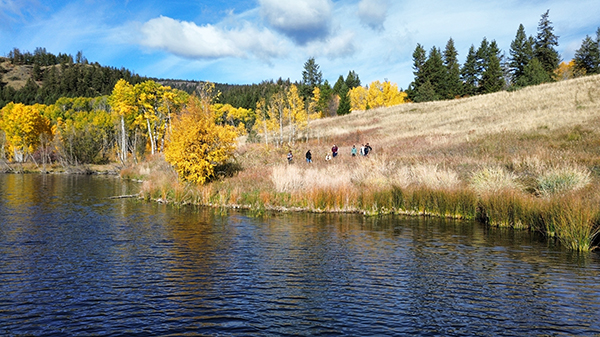 In the B.C. interior, for example, NCC’s Bunchgrass Hills south of Kamloops (pictured above) conserves dozens of wetlands and small lakes that are frequented by migratory birds as they pass through this otherwise dry, grassland region.
In the B.C. interior, for example, NCC’s Bunchgrass Hills south of Kamloops (pictured above) conserves dozens of wetlands and small lakes that are frequented by migratory birds as they pass through this otherwise dry, grassland region.
In the Kootenays, restoration projects are rehabilitating streams and wetlands that had been lost to agricultural conversion. These sites are now supporting the recovery of endangered northern leopard frogs, and bringing bird, amphibian and insect diversity back to the landscape.
Working in partnership with landowners and communities, together we have conserved over 7,000 wetland areas across the country.
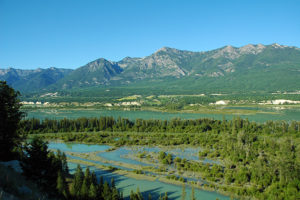
Canada is home to an astonishing 25% of the world’s wetlands yet these diverse and vital ecosystems are underappreciated and under-protected. The country has lost an estimated 70% of its ponds, bogs, swamps, salt marshes, estuaries and other wetlands in southern areas where most people live.
In some communities it is high as 95%. This is due to land conversion, urbanization; commercial and industrial development; roads; land use practices, sewage and illegal dumping. Globally, 64% of the world’s wetlands have already been lost, a rate three times greater than the loss of forests.
Although our wetlands are mainly under ice this time of year — they are nature’s multi-taskers and provide us with safer communities. Visit natureconservancy.ca to learn more on how the Nature Conservancy of Canada is preserving some of our most critical ecosystems for both people and wildlife.
Gabriela Duarte, PhD, is ecosystem services specialist with the Nature Conservancy of Canada.
Lead image: Cherry Meadows – Nature Conservancy of Canada site – photo by Richard Klafki
Photos submitted by Nature Conservancy of Canada
